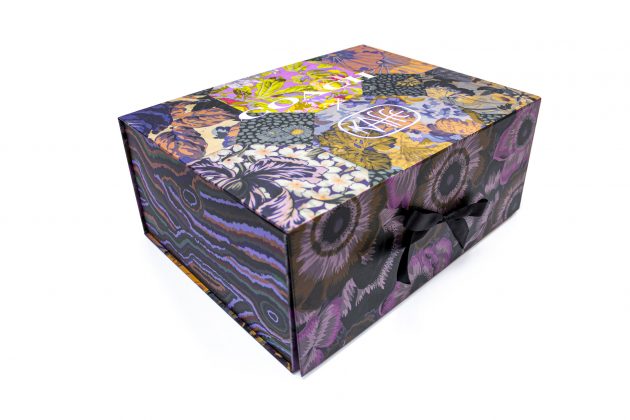
The Evolution of Packaging – From unsustainable containers to eco-friendly solutions
Canadian Packaging
Sustainability Glass Metal Plastic Delta GlobalConsumers are now shopping with sustainability and reusability at the forefront of their minds
It is safe to say that brand packaging has somewhat changed over the years. From the materials used to the design and even the re-usability, our attitude towards product packaging has dramatically shifted to be both more creative and sustainable.
Where once packaging was arguably only about logistics, it has now evolved into something much more. Packaging was initially invented to protect the product inside and was never really intended to be anything more than just that. Food, drinks, clothing and other consumer goods were mainly sold in nameless sacks, wooden crates, glass bottles, metal and tin containers until the 19th century.
Product packaging soon moved its way over to being plastic, as it was lighter, more cost-effective and easier to transport. However, with the rise of environmental awareness and consumers trying to ‘go green’, plastic packaging is no longer sustainable and is creating long term damage to the world that we live in. Consumers are now shopping with sustainability and reusability at the forefront of their minds and are more likely to shop from brands that have eco-friendly, sustainable packaging.
CEO and founder of luxury packaging company Delta Global, Robert Lockyer says; “Today, packaging is more about how it makes consumers feel along with the sustainability and reusability of it. Because of this, brands are having to think smarter, be more creative and make the packaging of their products work even harder.
Today, the importance of packaging is more prominent than ever before with packaging considered to be just as important as the product itself – maybe even more important.

Leading luxury retailer Ted Baker is renowned for continually trying to improve the way they package products, combining luxury packaging with sustainability. The fashion giant is always hard at work trying to reduce the amount of waste and ensuring that they are using recyclable materials. In fact, they recently implemented a new sustainability strategy, ‘Fashioning a Better Future‘, focusing on three areas of sustainability; the planet, people and the product.
In a similar manner, cosmetics giant Estee Lauder have looked at a variety of sustainable options for the packaging of their products and ensuring that they are right-sizing – saving space, money and time for all involved. The Estee Lauder Companies have said that by 2020, 75-100% of its packaging will be recyclable, refillable, reusable or recoverable.
Likewise to the Estee Lauder Companies, many high-end fashion brands and retailers are following suit and are beginning to think about the type of packaging they use and how to incorporate the concept of sustainability.
One of the largest online luxury retailers, Net-a-Porter recently launched a campaign to bring awareness to the environmental impact that plastic is having on our oceans. As part of the campaign, they focused on reducing their plastic usage by removing all plastic packaging from subscriber copies of PORTER and replaced it with biodegradable packaging.
Likewise, British luxury fashion house Burberry is aiming to drastically reducing their use of plastic packaging by the year 2025. So far, they have eliminated plastic lamination from all retail bags and poly bags and replaced these with an eco-friendly option – all whilst staying extremely luxurious. Burberry aim to make all plastic packaging reusable, recyclable or compostable.
Whilst the fashion industry is playing a huge role in driving sustainable packaging forward, it isn’t just fashion brands that have upped their game. Many food and drinks brands have spent years trying to improve their packaging, in terms of sustainability and as a means of marketing.
As one of the most popular drinks brands of all time, Coca-Cola is still one of the most memorable brands thanks to its distinctive packaging. Originally recognized for its script-like logo, the popular drink is now known for its iconic contour glass bottle. Now, the glass bottle has essentially become the brand’s identity and Coca-Cola wouldn’t be where it is today without it. However, due to a change in attitudes and a desire to be more sustainable, in 2015, Coca-Cola launched its first recyclable plastic bottle made from plant materials.
Packaging plays such a huge part in a brands’ identity and there is an ongoing need for more sustainable packaging materials. In a bid to be environmentally friendly, many well-known businesses are even ditching packaging altogether, particularly supermarkets for their fresh stock fruit and vegetables. There is sure to be lots of sustainable and innovative solutions as packaging continues to evolve.
Where will the evolution of packaging take us next?
Advertisement

